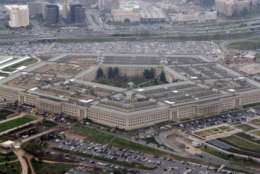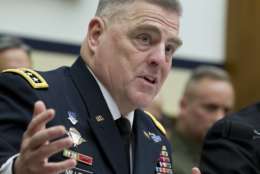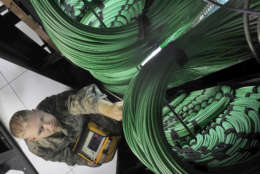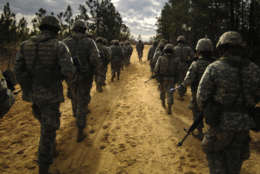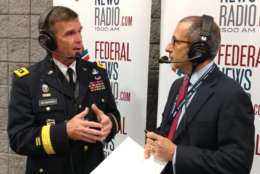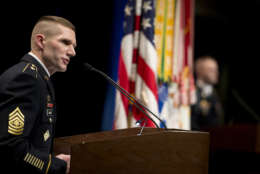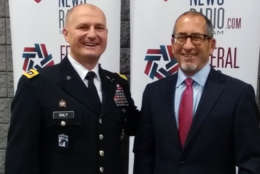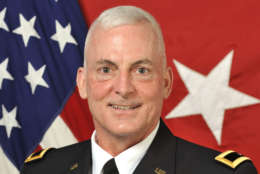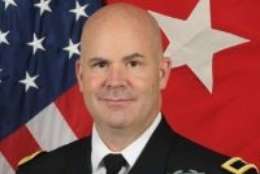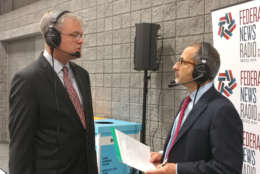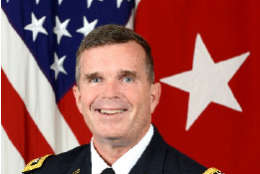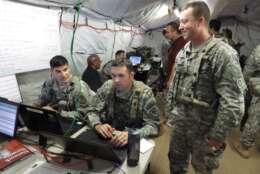Army
-
Lawmakers are authorizing a budget nearly $80 billion above the sequestration caps.
November 08, 2017 -
The Army has its eyes set on closing the gap between technology life cycles and acquisition cycles.
November 07, 2017 -
The Army and Navy both said on Thursday that their contributions to U.S. Cyber Command's Cyber Mission Force had achieved full operational capability, a year ahead of the timeline DoD set for the military services.
November 03, 2017 -
The Defense Department concurred with all of the Future of the Army Commission's recommendations involving the Pentagon.
October 24, 2017 -
Dr. Kris Darling and Scott Grendahl of the Army Research Laboratory explain the significance of their discovery.
October 19, 2017 -
After years of shrinking the force, the Army is suddenly in growth mode again, creating new challenges for recruiters.
October 18, 2017 -
Federal Drive with Tom Temin interviewed Army leaders on a variety of topics at the recent 2017 Association of the U.S. Army conference in Washington, D.C.
October 17, 2017 -
The Army hasn’t achieved a number like that in the past 20 years without violating DoD’s quality standards.
October 17, 2017 -
To combat the Army's nondeployability problem, the service wants to add deployment pay and cut tuition assistance for non-deployable soldiers.
October 16, 2017 -
The Army Materiel Command is working with its vast supply chain to tighten things up in a methodology known as prepositioning.
October 13, 2017 -
U.S. Army Africa is helping to bolster American interests there, without having a whole lot of soldiers to do it.
October 13, 2017 -
U.S. Army North has a short roster of permanent billets, but it has big leverage when help is needed, like with hurricane cleanup in Puerto Rico.
October 12, 2017 -
Leading the Army's reevaluation of its facilities is Randy Robinson, the acting assistant Army secretary for installations, environment and energy.
October 11, 2017 -
The human side of the Army is in large measure the responsibility of Lt. Gen. Thomas Seamands, the deputy chief of staff.
October 11, 2017 -
The Army says its new plan to modernize networks differs from past efforts because it's "threat-informed" by recent developments in modern warfare.
October 11, 2017

